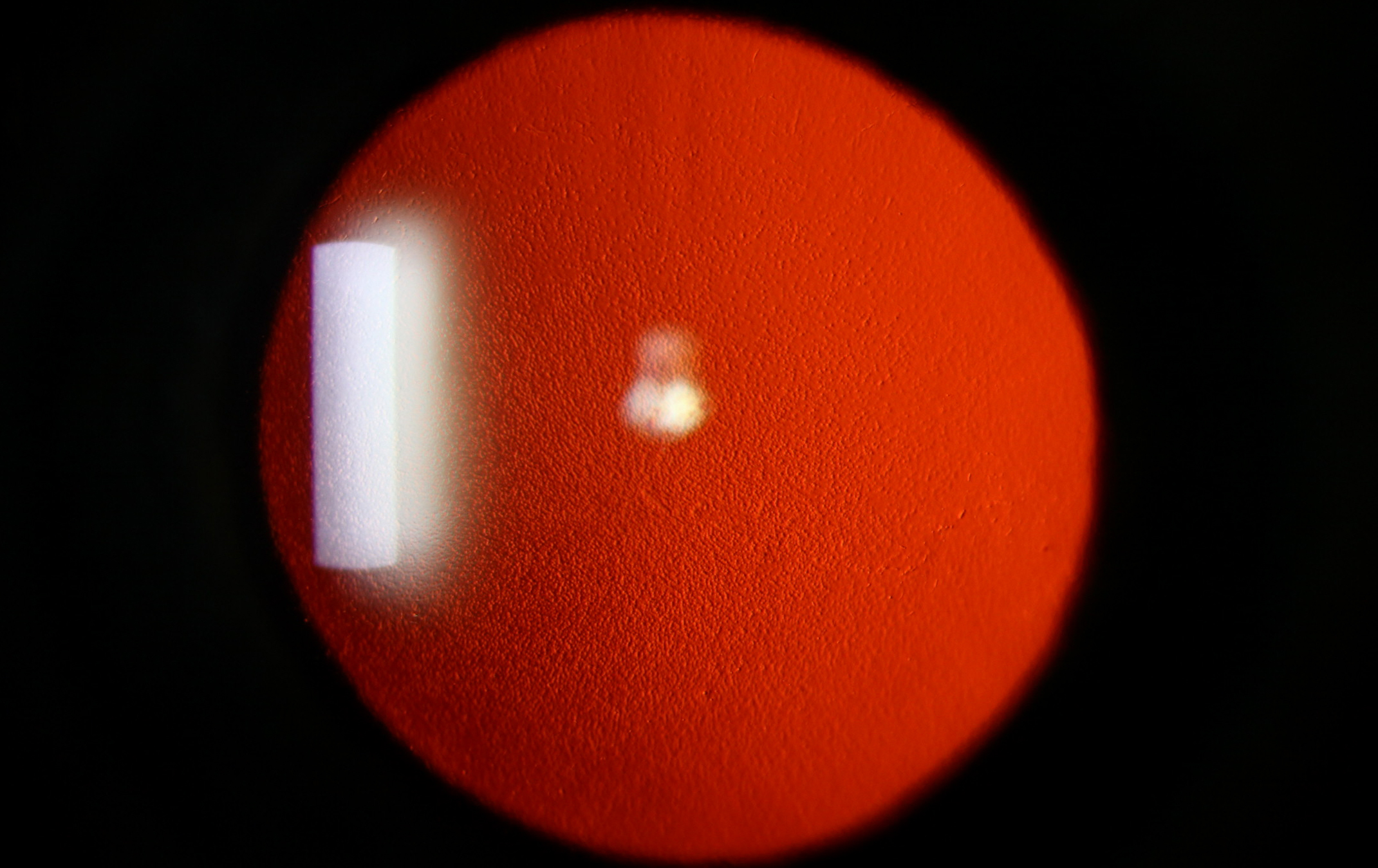 |
| Both approaches had good graft survival and similar cell loss rates, but DMEK produced better visual outcomes. Photo: Christine Sindt, OD. Click image to enlarge. |
Endothelial keratoplasty is the standard of care for endothelial dysfunction such as Fuchs’ endothelial dystrophy. Both Descemet’s stripping endothelial keratoplasty (DSEK) and Descemet’s membrane endothelial keratoplasty (DMEK) have demonstrated good outcomes, and a recently published study comparing the two procedures confirmed long-term success, with DMEK producing superior visual acuity outcomes.
The study included 306 DSEK and DMEK grafts of 223 patients with Fuchs’ dystrophy. Procedures involved standardized DSEK and DMEK techniques that the researchers say may reduce the need for rebubbling. The techniques were used by eight surgeons between 2006 and 2022. Primary outcomes included graft survival, endothelial cell loss and best spectacle-corrected visual acuity (BSCVA).
The researchers reported that graft survival at five years was equivalent for both DSEK and DMEK, at 96%. Mean endothelial cell loss at five years was also similar, at 57.7% in DSEK and 56.8% in DMEK eyes. Visual improvement, however, was significantly better in DMEK eyes (BSCVA 0.01logMAR [approximate Snellen equivalent: 20/20] DMEK vs. 0.13logMAR [20/27] DSEK). The researchers also reported a rebubbling rate of 7.8% in DSEK and 2.1% in DMEK.
“There are clear differences between DSEK and DMEK, with potentially more graft manipulation to unfold the graft in DMEK surgery,” the researchers wrote in their paper for the Cornea journal. “Consensus on standardized reporting of endothelial keratoplasty outcomes such as primary graft failure definition, rejection episodes, graft survival and surgical techniques can improve analysis.”
Fu L, Hollick EJ. Comparison of long-term outcomes of DSEK and DMEK in Fuch’s endothelial dystrophy. Cornea. 2023;00:1-6. |


